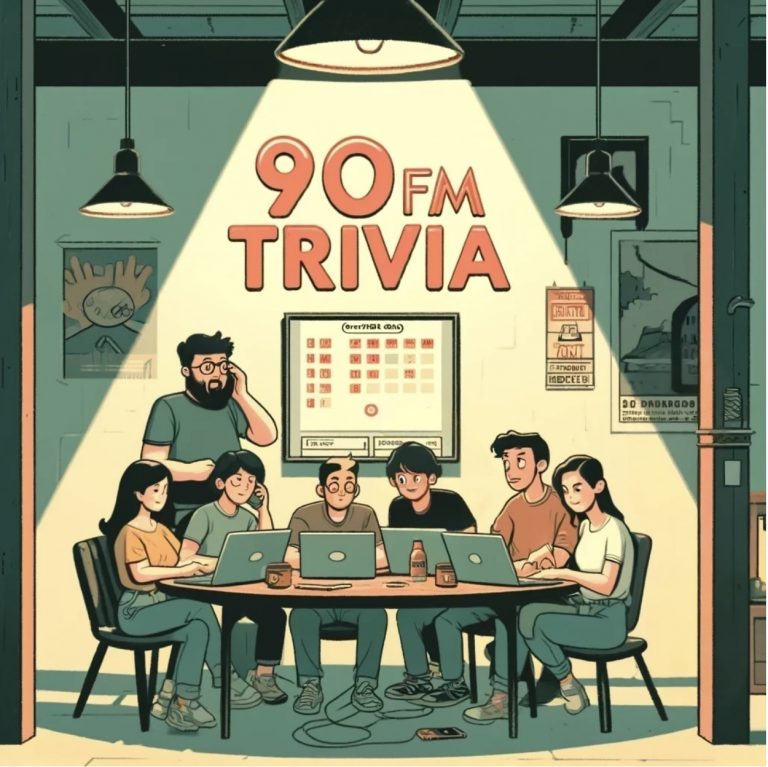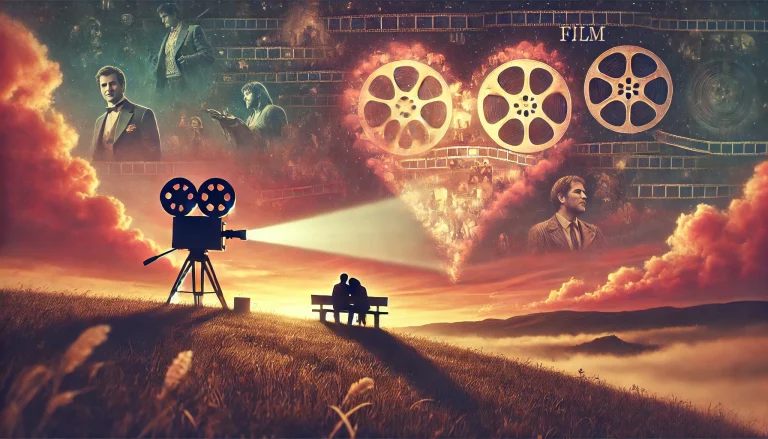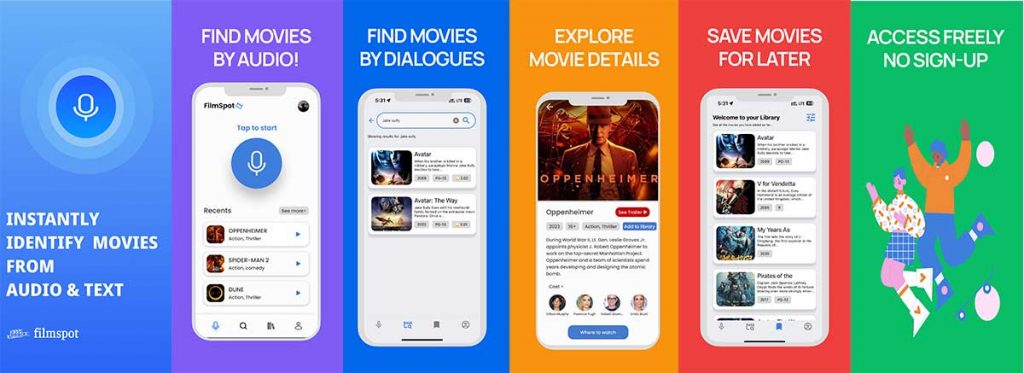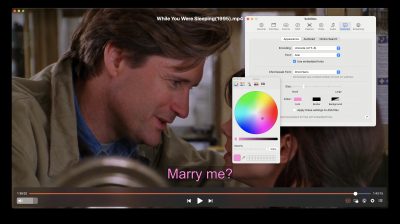Creating a film, TV, or news subtitles is a tough job. Here are some
challenges that professional subtitlers face with every project. We’ve put together a
comprehensive article to help you understand the topic better!
Subtitling for films, videos, and TV helps audiences appreciate and enjoy
video productions in their non-native language. They help you understand
a foreign dialogue in your mother tongue. While subtitles aid in
understanding, the work done behind the scenes is precise and
painstakingly long.
The job looks deceptively simple as they stretch over your screen as you are
watching a foreign film. Most people find it rather easy when they have to explain
exactly what it is – how difficult it must be to translate some dialogue and creating
subtitle files. However, there are several limitations and difficulties when it comes
to translating the dialogues and creating the appropriate subtitles.
Before diving into the difficulties of subtitling, let us first go through its basics.
What Is a Subtitle?
Subtitling is a form of audio-visual translation that consists of its own sets of
specifications, rules, and criteria. In case of professional work, the individuals, also
known as speaking subtitlers, need to have the proper linguistic skills and need to
be adequately trained to understand the elaborate process of translating different
types of program content and genre. They also need to understand how to retain
the meaning and context within the added subtitles.
How Are Subtitles Created?
Creating subtitles from scratch is more than merely translating the script and then
placing them on the lower part of the screen. On the contrary, the translation work
needs to have space and time restrictions, which eventually affects the outcome. If
done carelessly, you will end up with wrong subtitles.
The translators need to first clearly understand the materials they will be working
on and try to create the resulting subtitled words that will maintain the meaning
and context of the original video. Additionally, the message of the translated script
needs to be understood by the target audience/language.
Also, subtitling does not only mean translating the textual content; translators will
also have to consider the work according to the images and audios that exist within
that specific time and space. The individual needs to consider timing and position,
the reading speed, and the limits of character-per-line.

What Are Some Known Subtitling Limitations?
Constraints are forever present when it comes to subtitling work. However, it
should be remembered that these parameters are not set in stone; they are just
some key points that need to be followed, as the job is a flexible art. Below are
some common difficulties and problems a single subtitler faces on the job.
Text Length and the Screen Width
This is a problem that most translators are haunted by. They need to find the spot
where they can fit their translations in a given time and space. A particular line in
any language will have varying lengths; on the contrary, English tends to be shorter
than most. Expansion of the text is a common occurrence when you are translating
from one language to another.
Text expansion is a problem due to many reasons. First, you are provided with
limited space to work with, and you do not want your text to be cut off or placed at
the edge of the screen. You would also want to avoid the possibility of the text
occupying substantial space on the screen. This is a challenge within itself if the TV program, movie, or a game like Book of Ra online is going to be showcased across
different viewing devices like television, mobile, etc.
Dialogue Speed and Text Length
Another problem that can put your audiences at a significant discomfort is the
speed and length of the dialogue. Once the text in the footage starts outpacing the
reading speed of the viewers, you might have a problem on your hands. Either the
dialogue in the video will move ahead of the subtitles, or the text will be moving too
fast for your audiences to read and keep up with.
The best solution to this problem is planning. When you plan on translating a
particular video, you need to choose something that does not have fast-moving
dialogues. If you are unable to plan anything out, you might have to adapt and
improvise. While it is not an ideal solution, you might have to compromise
something if you want to provide a decent service.
Multiple Speakers
This scenario is particularly difficult for a budding subtitler, whether he/she is
translating them or not. Even the most basic conversation is hard to hear and keep
up with, when there are multiple speakers. Apart from considering pacing and
screen space, you will also have to ensure that the corresponding texts are visible
to the audience and that the readers can read each subtitle before the next one
appears.
While it might sound easy, it is not! As humans, we tend to talk faster than we
read, and that is before you have time to think about any possible text expansion.
Eventually, things will get trickier when you have to deal with news subtitles and
fast-paced talking, debates, or arguments between groups with more than ten
people. Similar to the above, planning is the key here. However, it's not always an
available option, especially in the case of non-scripted recordings. At times, you
might have to come up with unusual solutions if the pace is too fast for you to keep
pace with.
Style
Recreating a particular video style is a tough job, especially when you are working
with creative footage like advertising or film. In this case, instructional videos are
quite straightforward; challenges only lie when the video has a highly-characterized
speaker or a friendly voice tone.
Again, if you are working with several speakers for the same video, you might have
to capture different personalities of each participant, and this is something that you
need to think about. At times, the obvious job might cause the dialogue to lose its
original flavor and style of the speaker and what the person is trying to convey.

Font Choice
The type of font you choose for your subtitling job is a crucial aspect. It would help
if you made sure that the text is written down in a font that can be used in different
screen sizes and spaced reasonably. It would be better if you thought that a person
viewing the video on his/her smartphone would have a smaller display space than
someone who is watching the same content on a 4K HD TV set.
Of course, the size of subtitles is also an essential factor when it comes to working.
Some fonts are naturally more extensive than others. Weighing the fonts is critical
because you do not want letters that are too bold and then inserted in the narrow
space; this would make reading quite tricky.
Conclusion
From the above, we can safely conclude that subtitling is not an easy job and is
completely opposite of what it may look like. Apart from language experts, it would
help if you also had people who will be able to understand how to work within the
constraints of fitting the text in its designated space and match according to the
video content. Hence you need to attend a proper subtitling training academy to
learn the art. A subtitling trainer will be able to help you learn the tricks of the
trade, and you may become a professional subtitling graduate.
The translation is only half of the work done. When it comes to subtitling for
international audiences, the challenges above are just some of the many. If you think there are more, let us know in the comment section below! What’s your
opinion?
Thomas Glare (Author)
Thomas is a computer science graduate who loves video games, movies, and
everything that doesn’t involve sports. He worked as a subtitler for three years for
a major US company before pursuing his dream of working as a producer.











Start the discussion at forum.opensubtitles.com
Netflix has some of the worst subtitles I have ever encountered.
I speak fluent Spanish, and when I watch movies with my Hispanic friends, subtitled in Spanish, I can honestly say that the translation is very poor.
The subtitles made by fans and hobbyists are much, much better.
Please available more english movies in Odia language